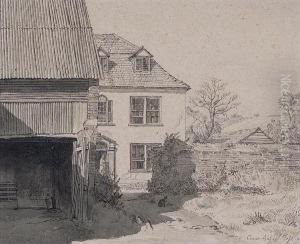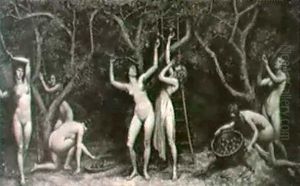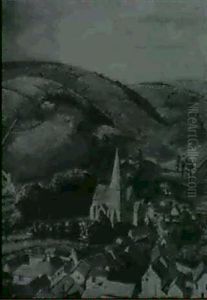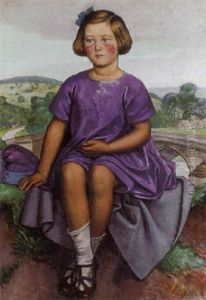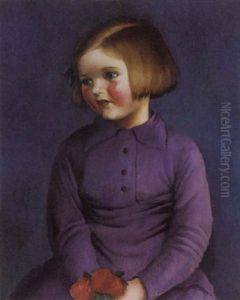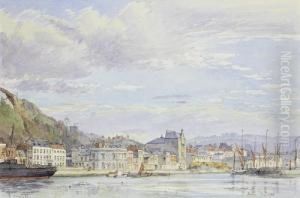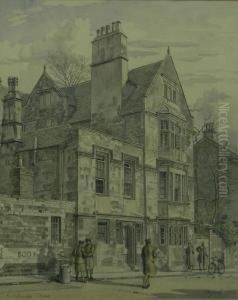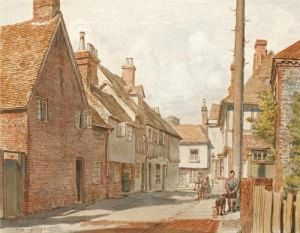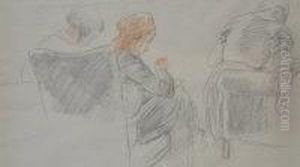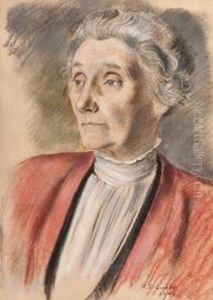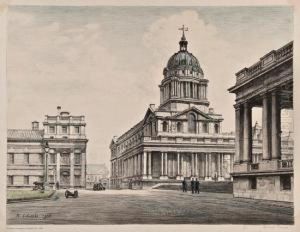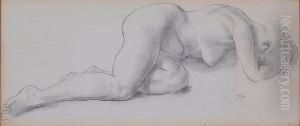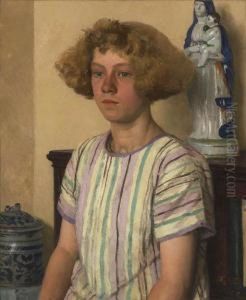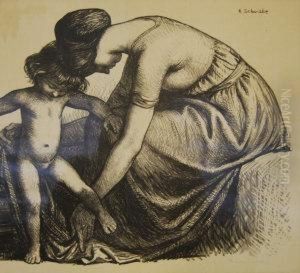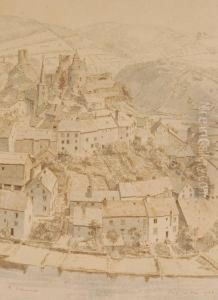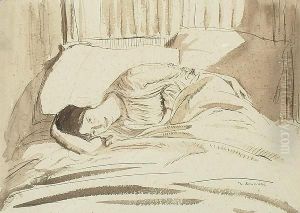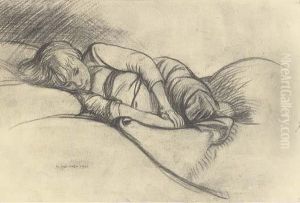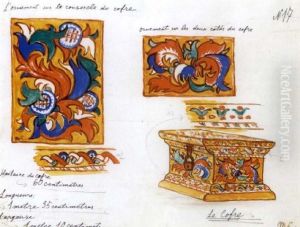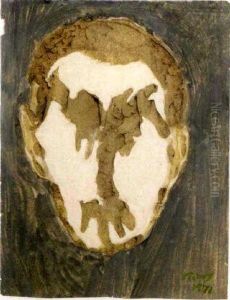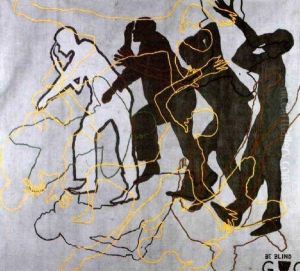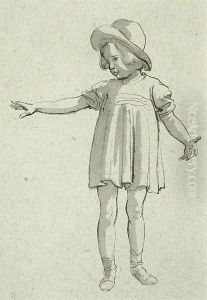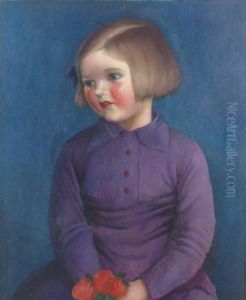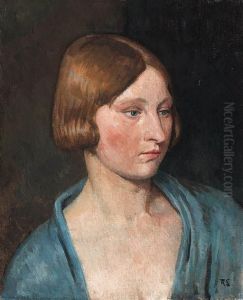Randolph Schwabe Paintings
Randolph Schwabe was a British artist, draughtsman, and etcher, recognized for his skill in drawing and printmaking. He was born on April 9, 1885, in Eccles, near Manchester, England. Schwabe showed an early talent for art, which led him to study at the Slade School of Fine Art in London under the tutelage of renowned artist and professor Henry Tonks, a prominent figure in the British art scene.
Schwabe's artistic style was influenced by his classical training at the Slade and he became known for his meticulous draftsmanship and attention to detail. His work often depicted architectural subjects, landscapes, and still lifes, with a focus on capturing the subtleties of light and texture. He was also a skilled portraitist.
Throughout his career, Randolph Schwabe participated in numerous exhibitions, showcasing his work at prestigious venues such as the Royal Academy and the New English Art Club. His reputation as an artist was complemented by his roles as an educator and author. Schwabe served as a war artist during World War I, documenting scenes from the home front, which added a historical dimension to his oeuvre.
In 1930, Schwabe succeeded Henry Tonks as the Slade Professor of Fine Art at the University College London, a position he held until his death. As an educator, he was known for his dedication to the craft of drawing, and he influenced a generation of British artists. His tenure at the Slade was distinguished by his efforts to maintain the school's prestigious standing and its focus on traditional artistic techniques during a time when the art world was increasingly embracing modernist styles.
Schwabe's contributions to the field of art education were significant, and he authored several books on drawing and artistic technique, further cementing his reputation as an expert draftsman. His written works provided insights into his philosophy on art and offered guidance to aspiring artists.
Randolph Schwabe's legacy is preserved through his works held in collections across the United Kingdom, including the Tate Gallery and the Victoria and Albert Museum. He passed away on September 19, 1948, leaving behind a body of work that continues to be appreciated for its technical proficiency and its embodiment of classical artistic principles in the modern age.
